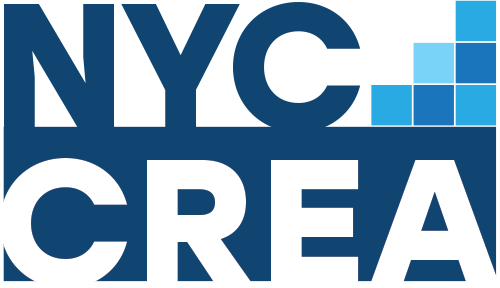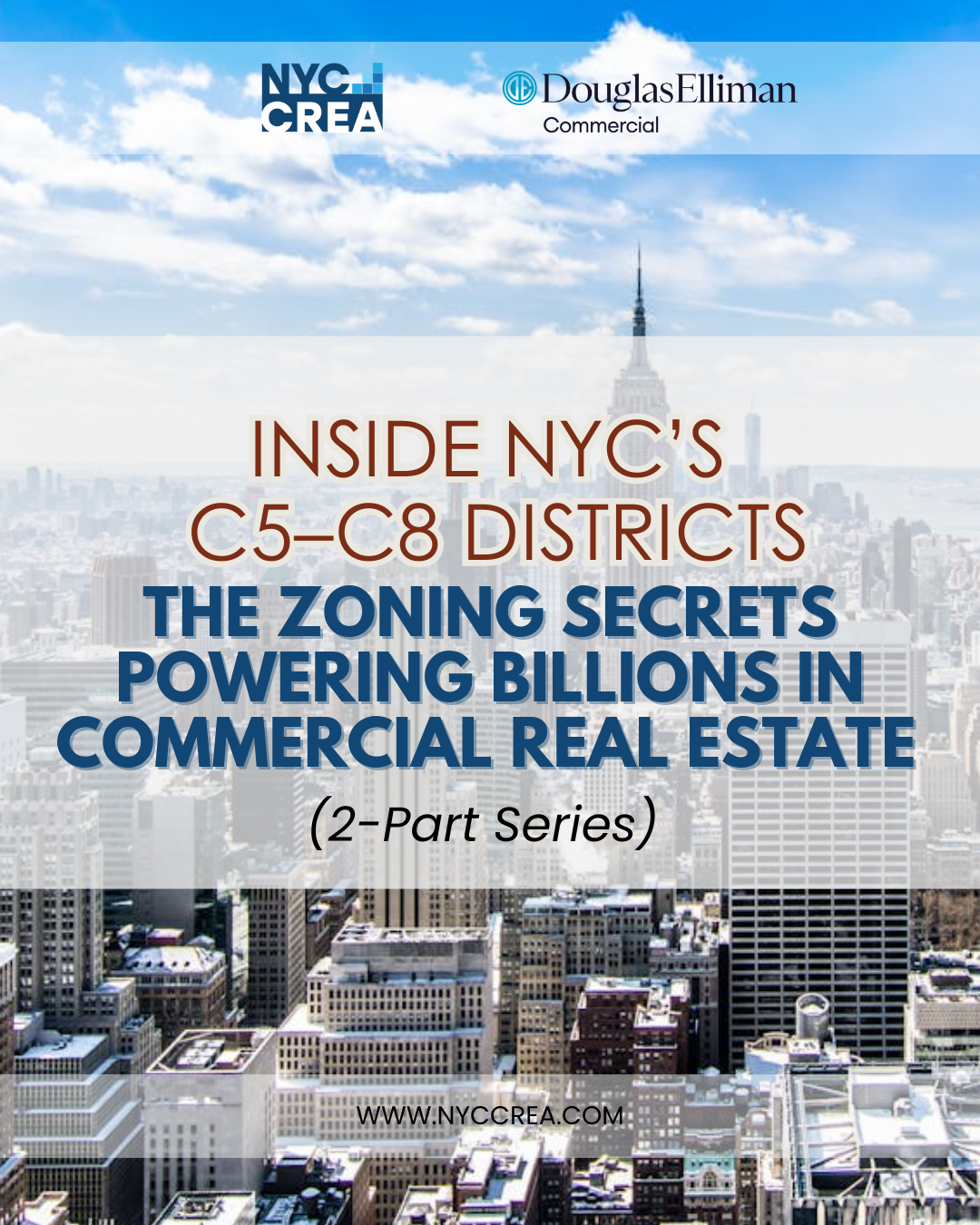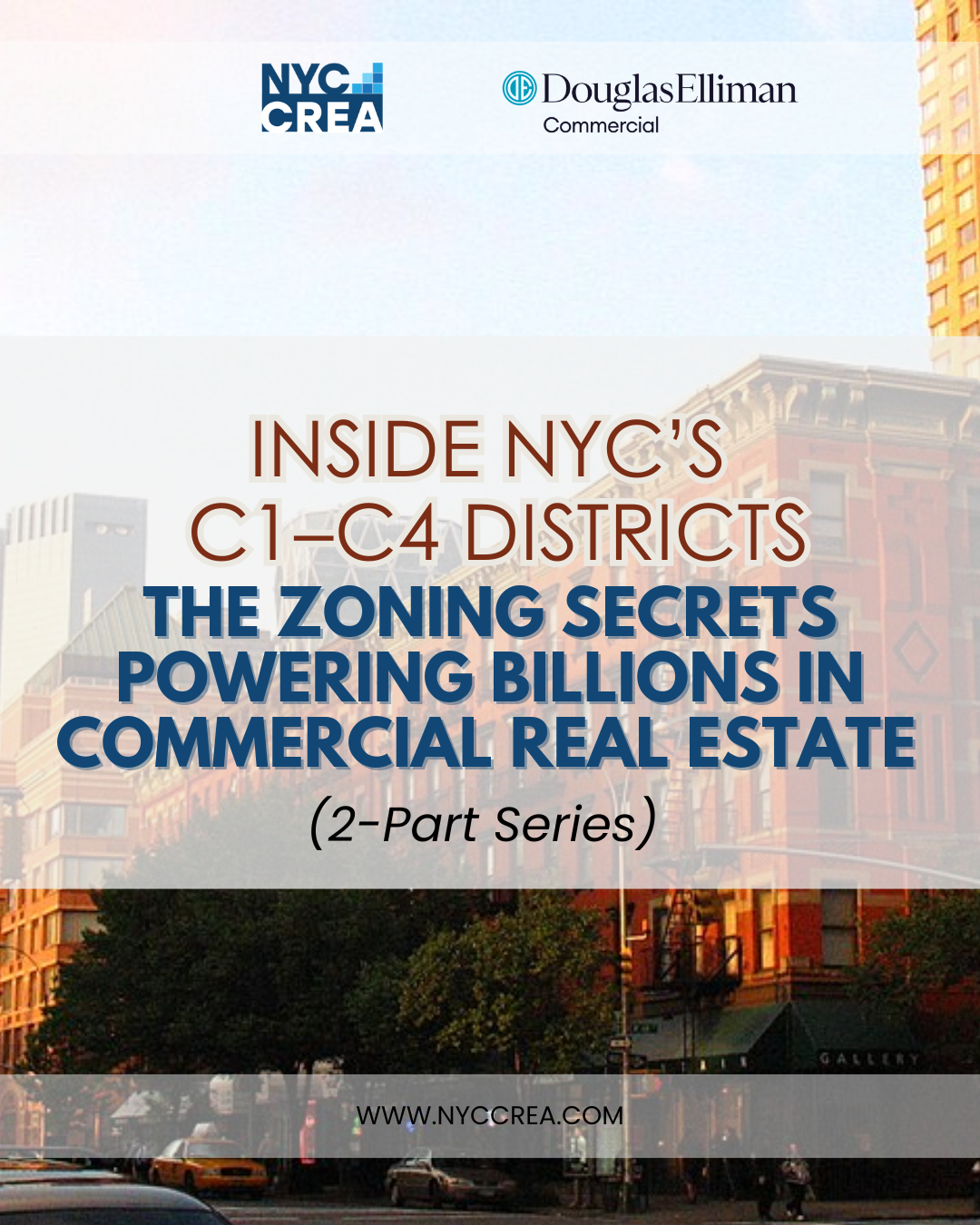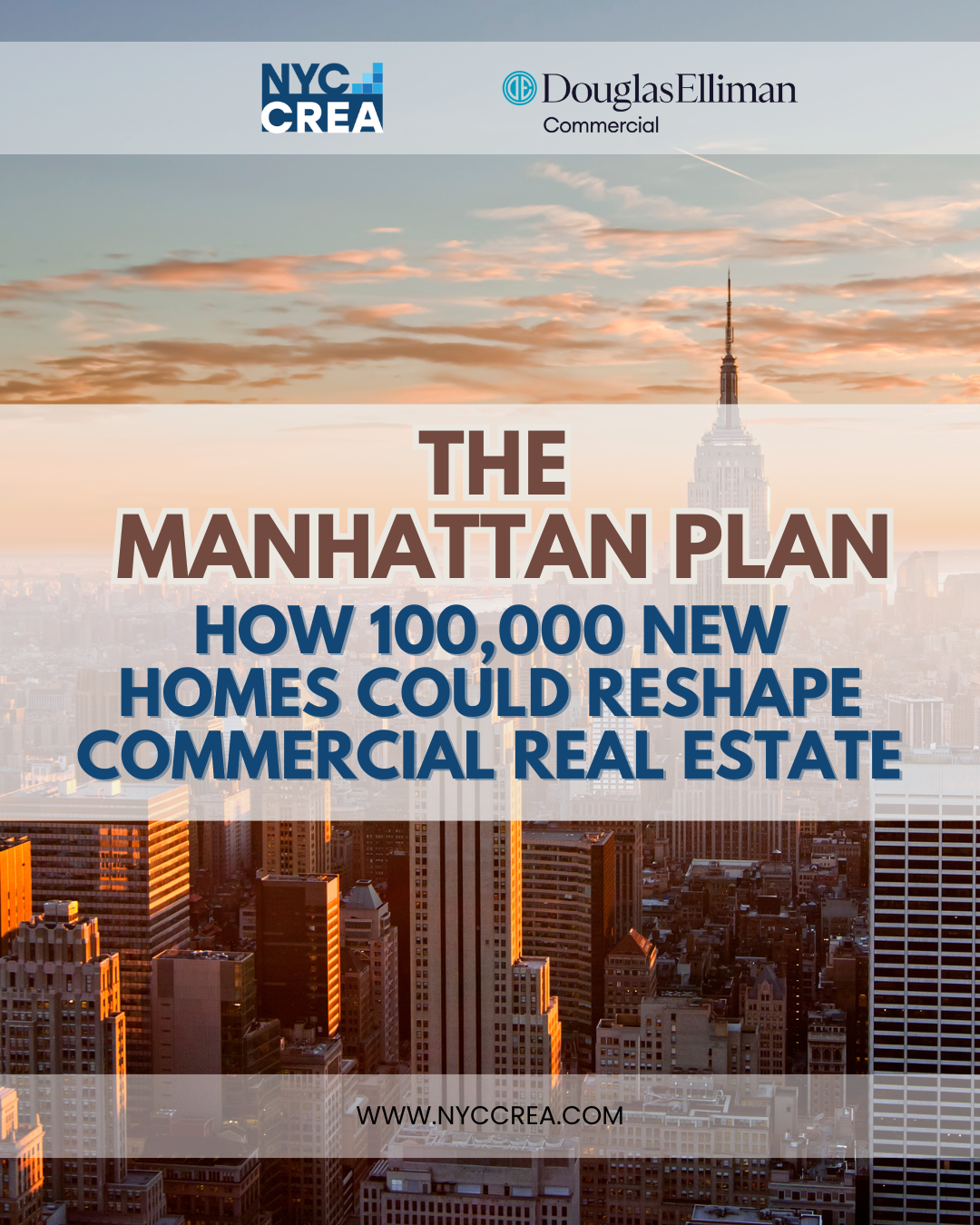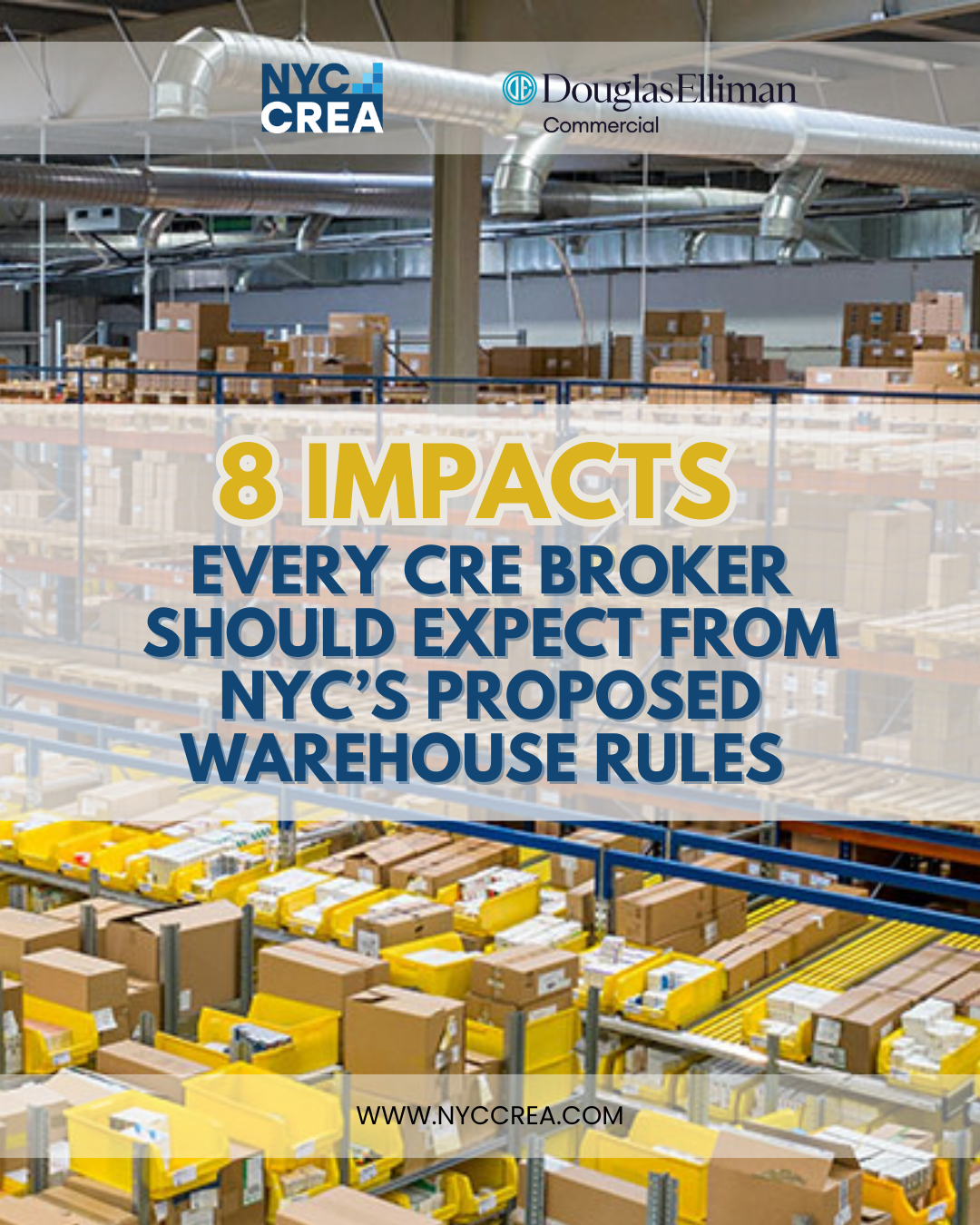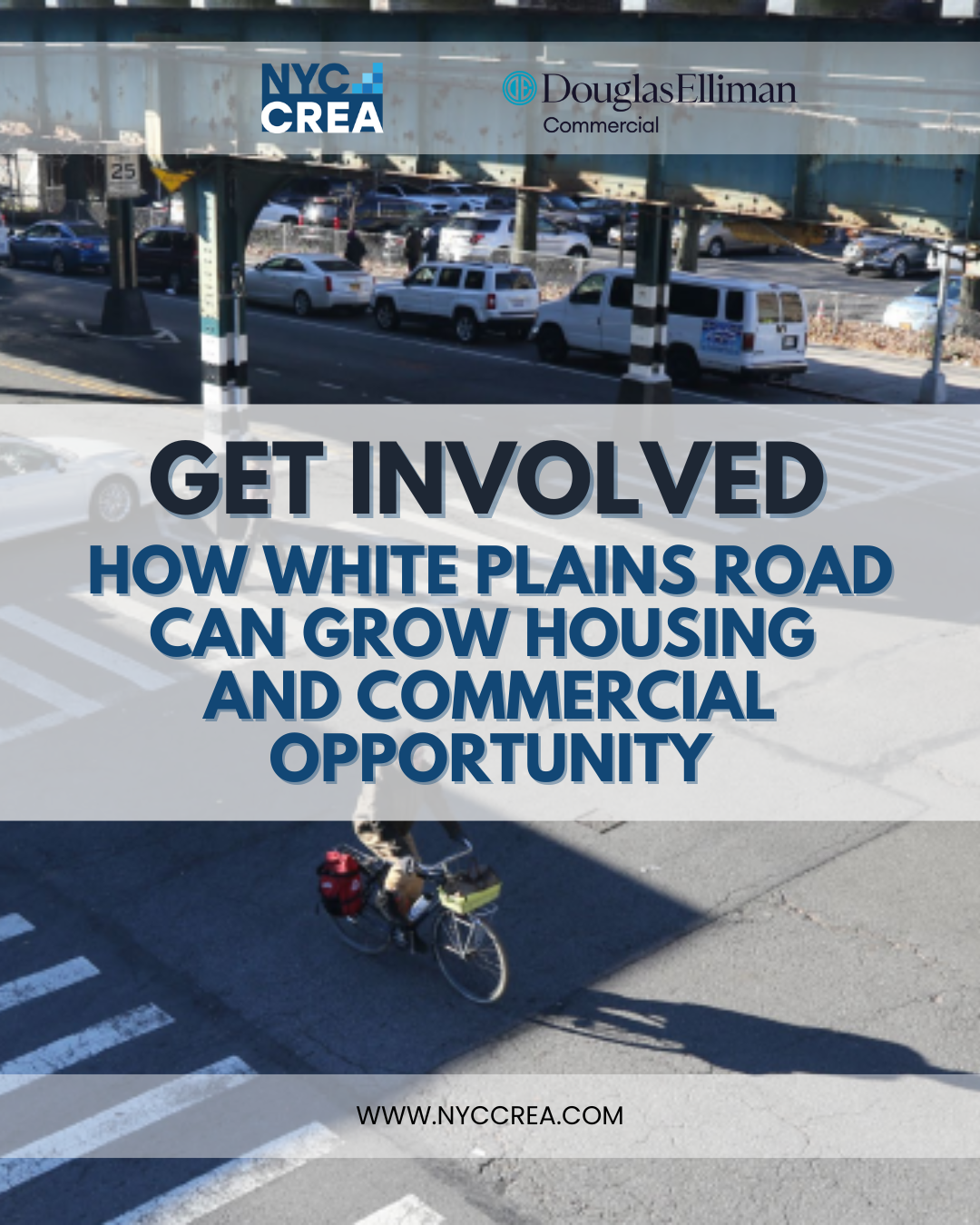November 12, 2025
Highlights:
- C5–C8 districts capture the full spectrum of NYC commerce — from luxury offices to industrial showrooms and amusement hubs.
- These zoning areas shape how developers approach density, mixed-use towers, and land value in prime and peripheral markets.
- Understanding their floor area ratios (FAR), height limits, and use restrictions is key to unlocking CRE investment opportunities.
New York City’s commercial heartbeat is divided into eight unique districts — each with its own rhythm, purpose, and architectural identity. While lower-numbered zones (C1–C4) support neighborhood retail and borough centers, the C5–C8 districts represent the city’s high-powered commercial core, its entertainment playgrounds, and industrial-commercial frontiers.
From Fifth Avenue’s retail icons to Coney Island’s amusements and Bronx auto corridors, these zones dictate how and where the city’s commercial real estate (CRE) grows. Their zoning rules don’t just define building heights — they determine market potential, land value, and the evolving relationship between commerce, industry, and community.
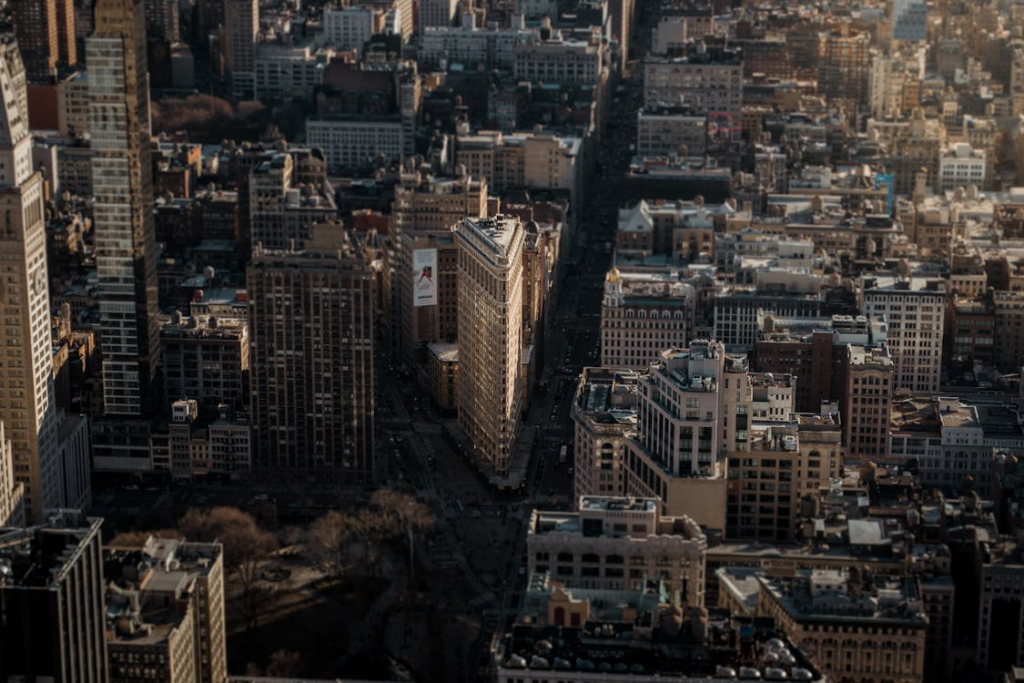
NYC’s Major Commercial Districts: C5 to C8 Explained
- C5 – The Central Business Elite
C5 districts form the commercial heart of New York City, encompassing world-famous shopping corridors like Fifth Avenue, Madison Avenue, and East 57th Street, as well as parts of Lower Manhattan, Downtown Brooklyn, and Long Island City.- Typical uses: Department stores, corporate offices, hotels, and luxury mixed-use towers.
- Permitted Use Groups: 5 (hotels), 6, 9, 10 (retail and services), and 11 (custom manufacturing).
- Prohibited uses: Auto rentals, home maintenance, and illuminated signage.
- FAR: Ranges from 4.0 to 15.0 for commercial, 10.0 for residential.
- Bonuses: Public plazas or Inclusionary Housing incentives can increase FAR.
- Parking: None required — all C5 zones are transit-accessible.
- C6 – The Mixed-Use Powerhouse
The C6 district defines Manhattan’s high-rise commercial and mixed-use skyline, extending through Midtown, Downtown Brooklyn, Downtown Jamaica, and the Civic Center in the Bronx.- Typical uses: Corporate HQs, hotels, department stores, entertainment venues, and residential towers.
- FAR:
- C6-1 to C6-3: 6.0
- C6-3D: 9.0
- C6-4 to C6-9: 10.0–15.0 (plus bonuses)
- Subdistricts: Special designations like C6-4A or C6-6.5 tailor FAR, tower design, and conversion rules.
- Contextual controls: Height limits and base requirements in contextual zones; sky exposure plane or tower rules in non-contextual areas.
- Parking: Generally not required, except in C6-3D.
- C7 – The Entertainment Zone
Designed exclusively for large amusement and recreation facilities, C7 districts capture the city’s playful side — and a distinct type of land use.- Location: Most famously, Coney Island.
- Uses: Ferris wheels, arcades, skating rinks, mini-golf, stadiums, and boating facilities.
- FAR: 2.0, emphasizing open-air recreation over dense structures.
- No residential or community facilities are permitted.
- Parking: Low but varies by use.
- C8 – The Commercial-Industrial Hybrid
Acting as a bridge between retail and manufacturing, C8 districts host heavy commercial activities that require large lots and vehicular access.- Locations: Along major arteries like Boston Road and Jerome Avenue (Bronx), Coney Island Avenue (Brooklyn), and Bay Ridge.
- Typical uses: Auto showrooms, warehouses, gas stations, repair shops, and car washes.
- FAR: 1.0 (C8-1) to 5.0 (C8-4).
- Housing: Prohibited.
- Parking: Heavy in lower subdistricts; C8-4 districts are typically exempt.
- Use Groups: 11A and 16 (semi-industrial, with performance standards).
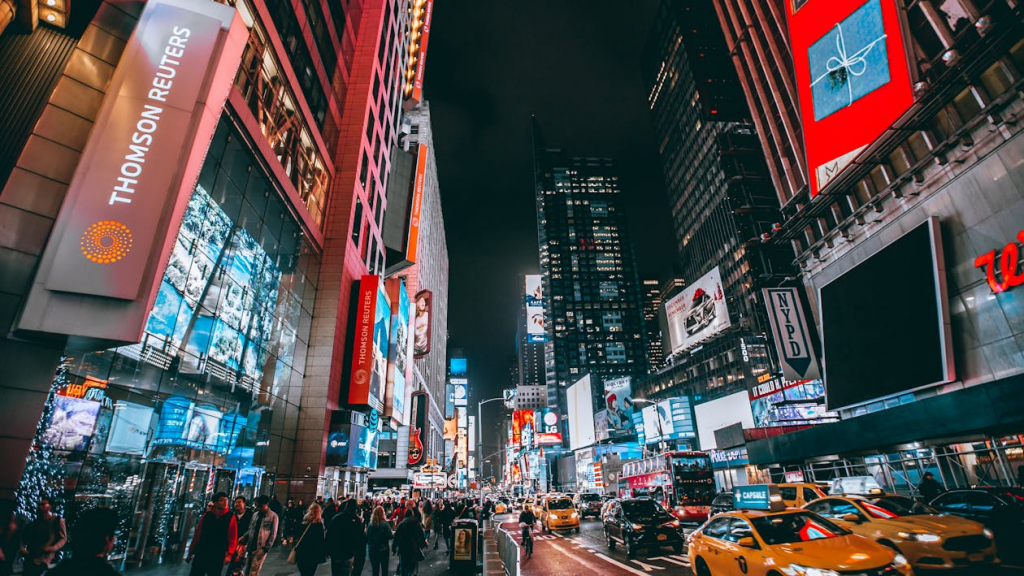
Impacts on Commercial Real Estate (CRE)
- C5 & C6: Core Investment Magnets
These zones anchor NYC’s luxury and office real estate markets. High FARs and proximity to mass transit make them ideal for mixed-use skyscrapers, corporate headquarters, and flagship retail. - Density Bonuses = Development Leverage
FAR bonuses for plazas or affordable housing in C5–C6 zones directly incentivize developers to integrate public amenities and social value into high-density projects. - C7: Limited CRE Volume, Strong Cultural Value
Although low-density, amusement zones like C7 support tourism-driven economic ecosystems and seasonal retail potential — particularly around Coney Island’s revitalization projects. - C8: Resilient, Vehicle-Based Real Estate
C8 districts maintain steady demand from logistics, automotive, and service-based industries, providing stable, utility-driven investment opportunities outside Manhattan’s volatility. - Parking & Transit Balance Development Feasibility
The lack of parking requirements in C5–C6 zones enhances project viability in dense areas, while parking-heavy C8 regulations preserve accessibility for vehicle-oriented commerce.
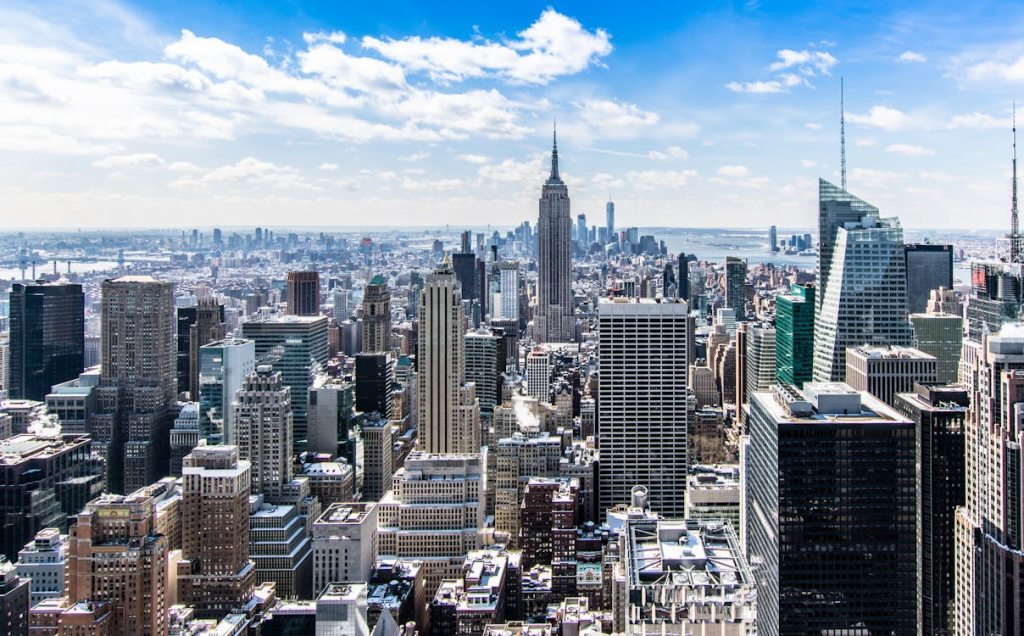
Zoning, Density, and the Future of NYC CRE
The C5–C8 commercial districts illustrate the full spectrum of New York City’s economic geography — from sky-high office towers to ground-level service hubs. They demonstrate how zoning not only reflects existing markets but actively shapes them, guiding where and how investment capital flows.
For commercial real estate professionals, understanding these districts is more than an academic exercise — it’s a strategic necessity.
In essence, NYC’s zoning code isn’t just about land use — it’s the silent architect of the city’s commercial evolution. And for those who can decode its patterns, the next great real estate opportunity may already be mapped.
For the latest news, proven strategies, and exclusive opportunities in commercial real estate in New York City and Western Nassau County NY, visit us at www.nyccrea.com
FOLLOW US:
Facebook: www.facebook.com/newyorkcityCREA
Instagram: www.instagram.com/nyccrea
LinkedIn: www.linkedin.com/company/nyccrea
